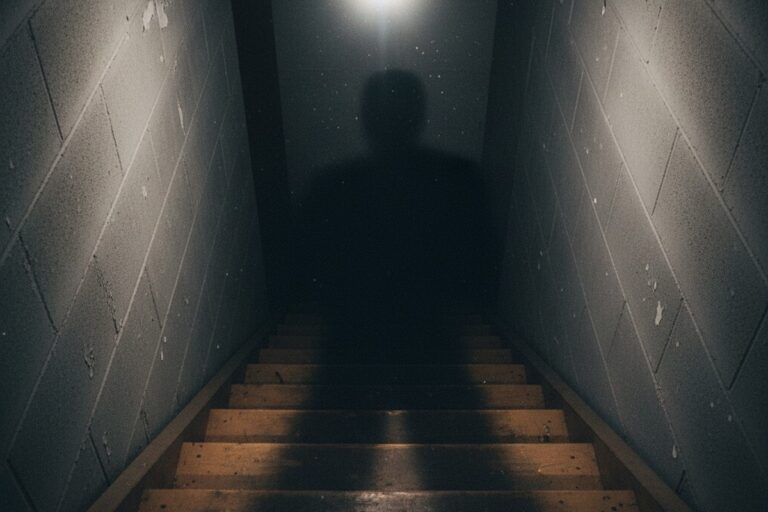
Resources
Access and download our latest support materials and guides, Razeek has got you covered from installation to troubleshooting.
Insight from Rayzeek
The latest sensor tech trends.

The ‘Scary Basement’ Factor: Lighting the Path Before the Foot Hits the Stair
The fear of a dark basement is often a rational response to poor lighting design. Learn how to eliminate dangerous ‘shadow traps’ using smart switches and properly placed motion sensors to illuminate your path before you take the first step.

The Day-One Pass: A Case for Non-Networked Simplicity in Small Room Retrofits
For small spaces like restrooms and closets, complex networked lighting systems create unnecessary delays and costs. A non-networked strategy using standalone devices is a superior approach, ensuring full code compliance, eliminating complex commissioning, and delivering a faster path to project completion and long-term reliability.

The Disloyal Light: How to Tame Motion Sensors in Complex Spaces
Standard motion sensors often trigger on non-human heat sources like car engines, creating chaotic lighting. The solution isn’t a more expensive sensor, but a deeper understanding of detection physics. By using strategic placement and lens masking, you can engineer a lighting system that remains loyal to people, not machines.

The Smart Fix for Entryway Odors: Motion-Activated Air Purification
Running an air purifier 24/7 in your entryway is wasteful. Discover a smarter way to eliminate odors by using a motion-sensing plug that activates your purifier only when it’s needed, saving energy and reducing noise.

Why Your Office Lights Turn Off: Rethinking Sensor Coverage for the Modern Workspace
When office lights turn off on you at your desk, it’s not a faulty sensor, but a failed strategy. Standard ceiling sensors are designed to detect large movements, not the micro-movements of a stationary worker. The solution isn’t higher sensitivity, but a smarter layout using multiple, overlapping sensors to create a failsafe grid of coverage, resulting in a system that is both reliable and unobtrusive.

Kilns, Torches, and Hot Glass: Taming Motion Sensors in the Artisan Studio
Motion sensors in artisan studios often mistake heat from kilns and torches for human movement, causing annoying false triggers. This is not a sensor fault but a mismatch with the environment. To solve this, you can use strategic placement to avoid thermal zones, mask parts of the sensor lens to create blind spots, and adjust settings for lower sensitivity and longer timeouts. For extreme cases, alternative technologies like microwave or dual-tech sensors offer a more robust solution.
